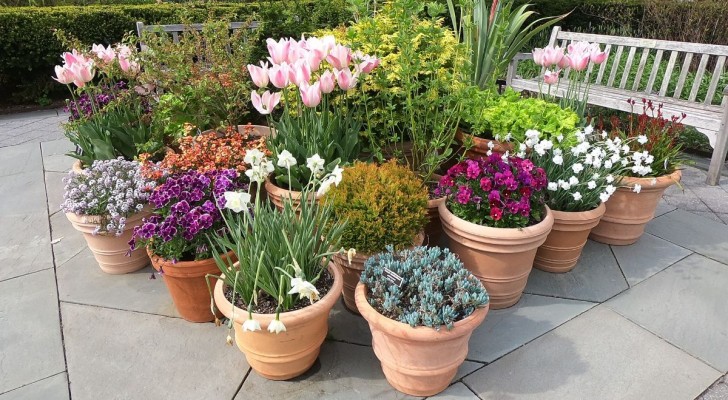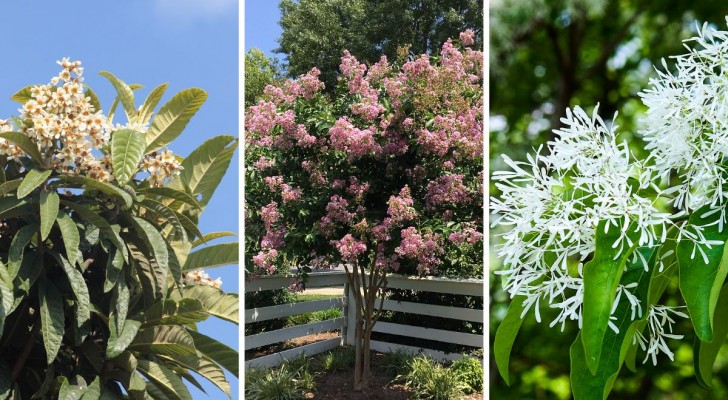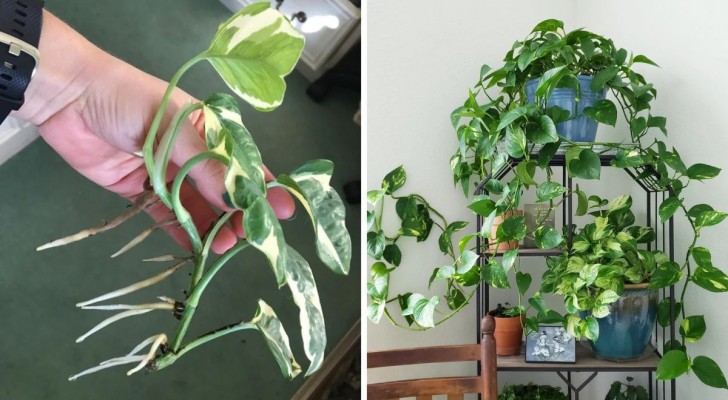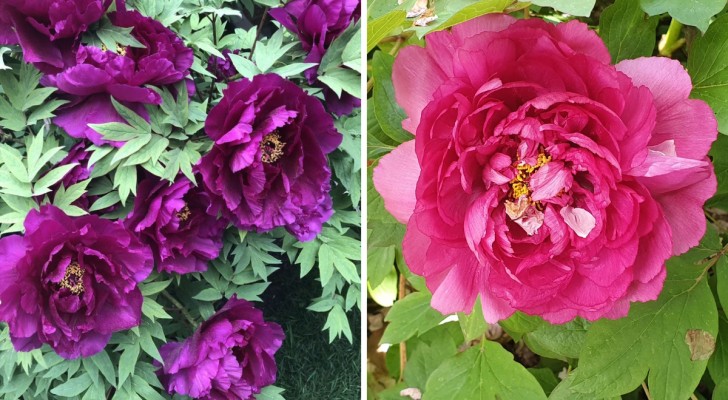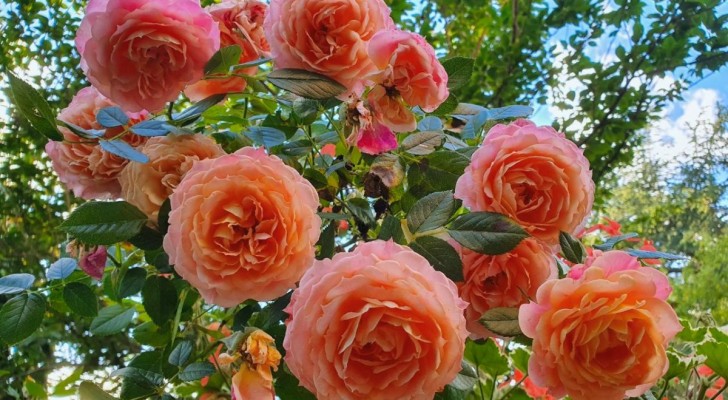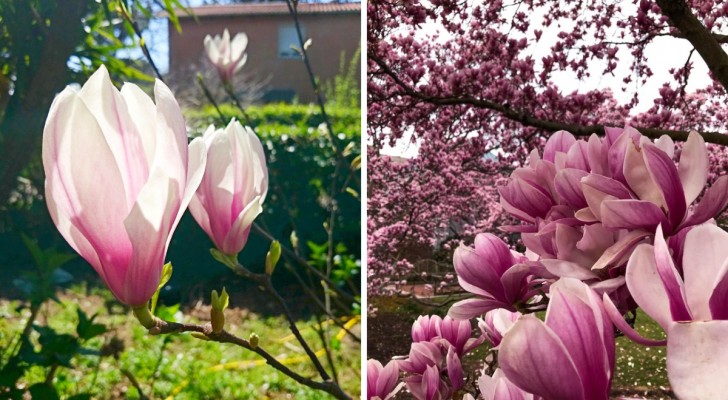Sansevieria: tips for growing this low-maintenance, decorative plant

Browsing through furniture catalogs, or photo galleries of interior design projects, it is easy to recognize a series of plants that constantly crop up in these images - and amongst the most common of these is the sansevieria (commonly called the snake plant or mother-in-law's tongue). In reality, the name identifies a large family of plants, of which only one species has long and pointed leaves. The leaves are also rather leathery and, in one particular species, the trifasciata - is edged in yellow.
This plant is very successful as a houseplant, given its incredible ease of cultivation: they are, in fact, plants that do not require much care - to the point that they can be "forgotten" for up to a few weeks. For these reasons, the Sansevieria is popular as a houseplant all over the world.
So, how is sansevieria grown? Read on to find out more:
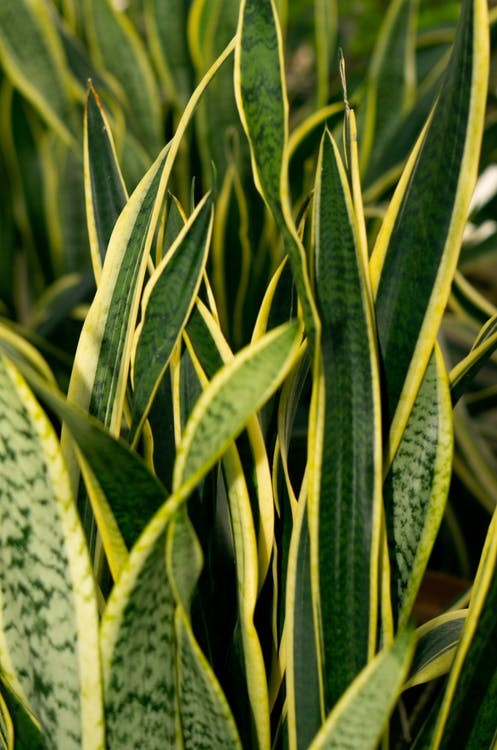
- Exposure and climate: this plant must not be exposed directly to the sun's rays, especially during the hottest periods of the year. They love bright locations but not direct sunlight. They prefer a slightly more shaded location. As for the ideal temperatures, they can tolerate a wide temperature range: from 13°C up to 30°C (but not for prolonged periods of time at these extremes). The ideal temperature for this plant is around 27°C. However, they do not like cold drafts, so avoid keeping them near windows or doors that are left open in the winter.
- Irrigation and watering: the leaves of this plant are fleshy, and it is in fact considered a (type of) succulent. For this reason, they can tolerate long periods of drought, and indeed, it is easier to kill it with too much water than for too little. It should only be watered when the soil is completely dry (stick a finger deep in the soil to check), and then, only in moderation. In the hottest periods of the year, water them only once a week or every ten days; in winter, even watering only once a month will suffice. Do not use saucers under their pots as water will accumulate and could lead to root rot.
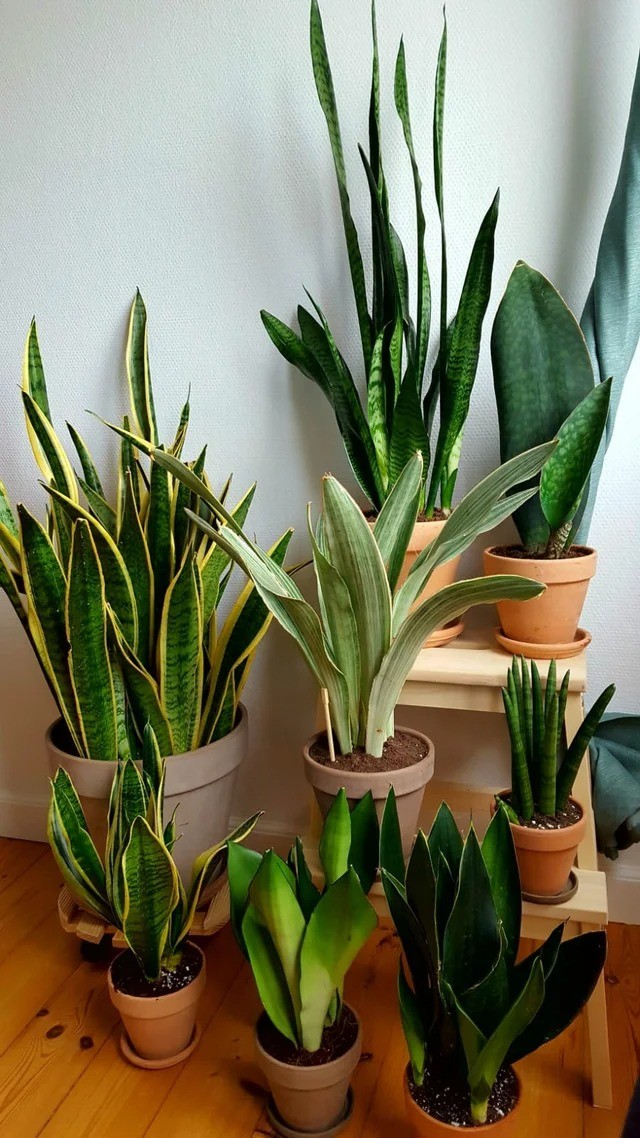
- Soil: the watering requirements just described make it clear that this plant does not like stagnant water. Therefore, the soil must be well draining. As for its composition, there are no particular requirements, although a fertile soil is to be preferred.
- Fertilizing: a liquid fertilizer is recommended in spring, and only once a month. You can continue fertilizing into the summer, if you want, but not in periods of extreme heat. Fertilization should be suspended in autumn and winter.
- Pruning: the leaves should not be cut. When they dry out and die, they should be removed.
Sansevieria is one of those plants that can make it even in a home where the occupants are not very skilled in taking care of plants. Try it, it will be worth it!
